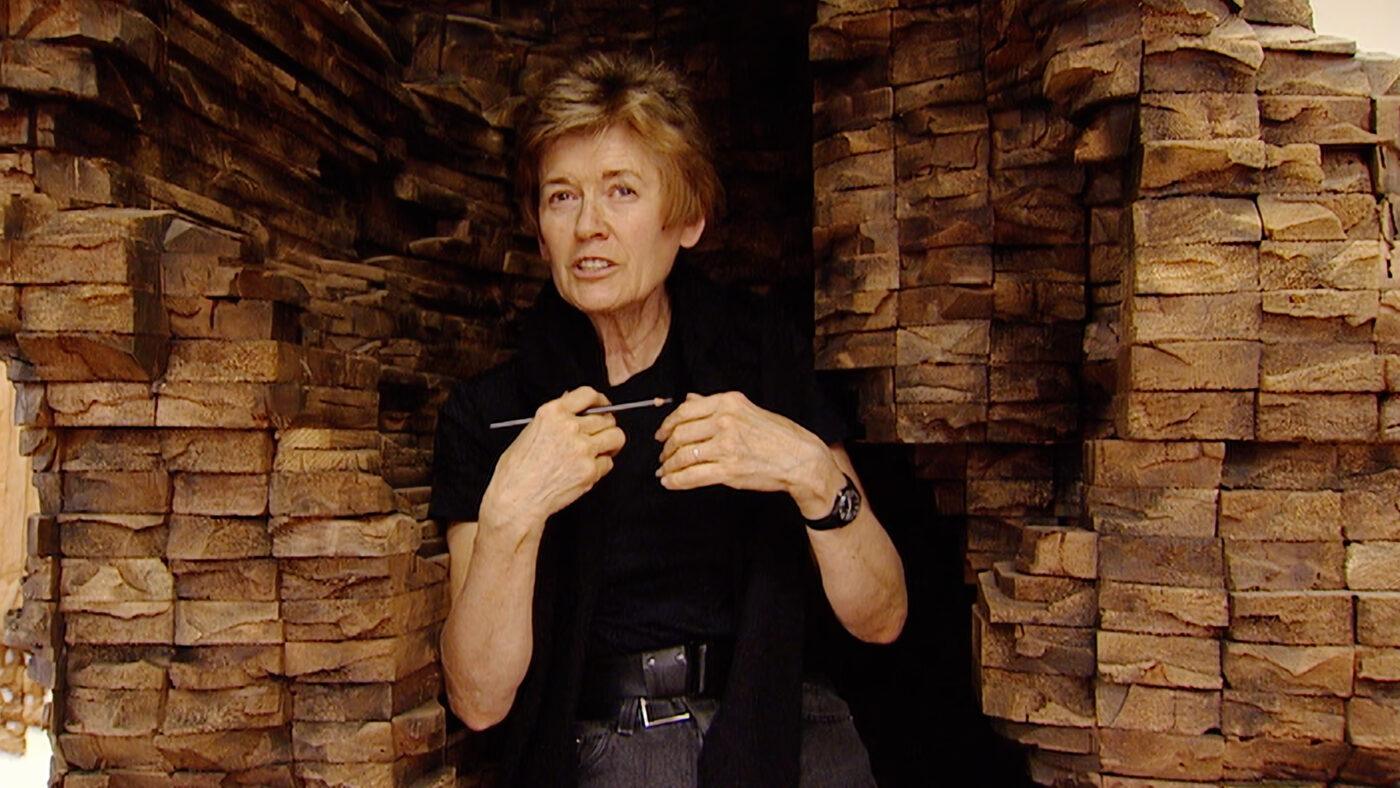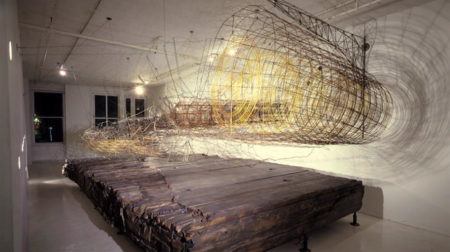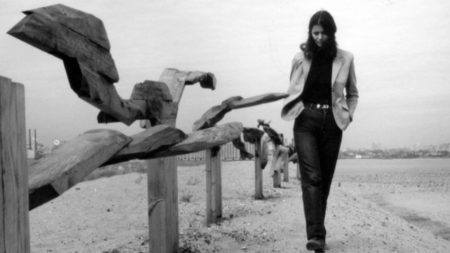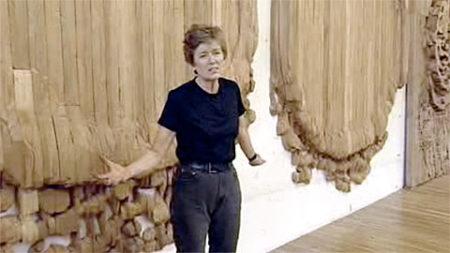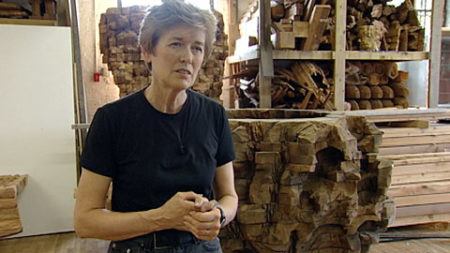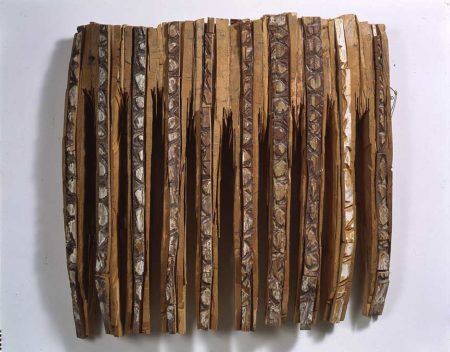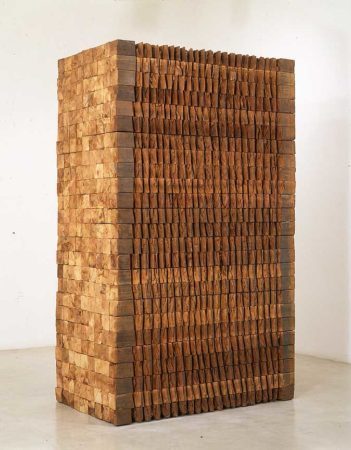Ursula von Rydingsvard
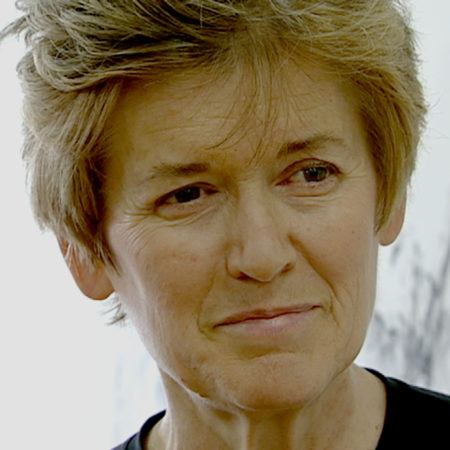
Ursula von Rydingsvard was born in Deensen, Germany, in 1942. She received a BA and an MA from the University of Miami, Coral Gables (1965), an MFA from Columbia University (1975), and an honorary doctorate from the Maryland Institute College of Art, Baltimore (1991). Von Rydingsvard’s massive sculptures reveal the trace of the human hand and resemble wooden bowls, tools, and walls that seem to echo the artist’s family heritage in pre-industrial Poland before World War II.
The artist spent her childhood in Nazi slave-labor and postwar refugee camps, and her earliest recollections—of displacement and subsistence through humble means—infuse her work with emotional potency. Von Rydingsvard builds towering cedar structures, creating an intricate network of individual beams, shaped by sharp and lyrical cuts and glued together to form sensuous, puzzle-like surfaces. While abstract at its core, Von Rydingsvard’s work takes visual cues from the landscape, the human body, and utilitarian objects—such as the artist’s collection of household vessels—and demonstrates an interest in the point where the man-made meets nature.
Von Rydingsvard has received many awards, including a Joan Mitchell Award (1997); an Academy Award from the American Academy of Arts and Letters (1994); fellowships from the John Simon Guggenheim Foundation (1983) and the National Endowment for the Arts (1979, 1986); and exhibition prizes from the International Association of Art Critics (1992, 2000). Major exhibitions include Madison Square Park, New York (2006); Neuberger Museum, Purchase College, State University of New York (2002); and Storm King Art Center (1992). Von Rydingsvard lives and works in New York.
Links:
Artist’s website
Videos 7
Read
Galleries
“Often when you’re in the process of realizing an image, it’s going somewhere else. If that tangent starts going off in a place that feels more exciting, that’s what I go with.”
Ursula von Rydingsvard

